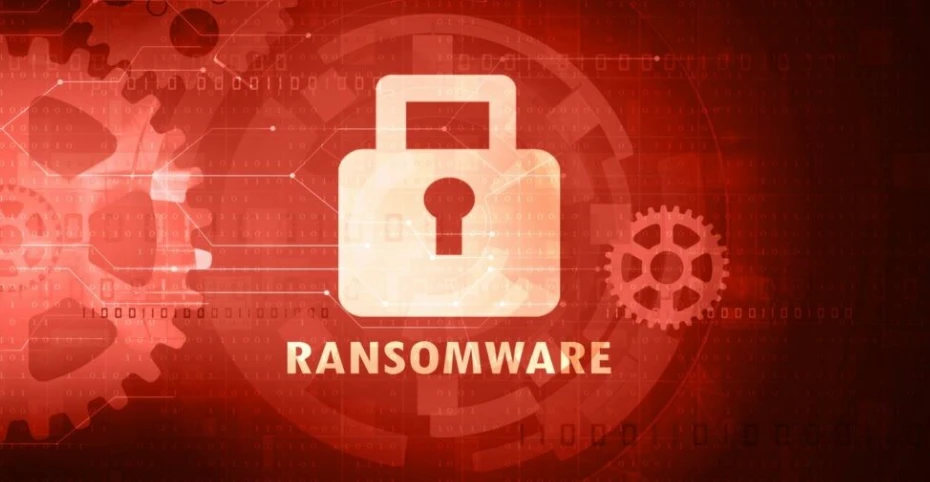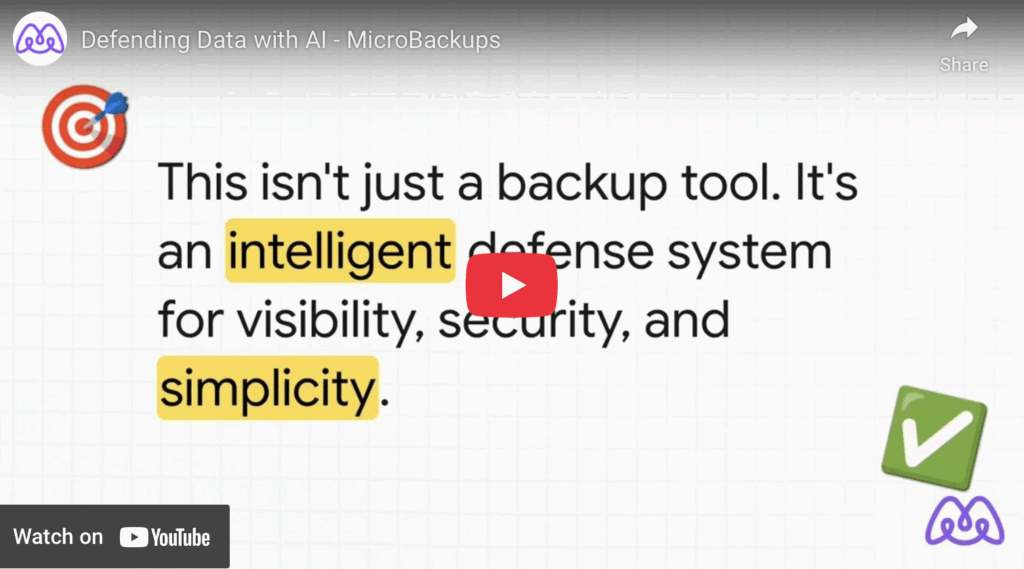A Wake-Up Call from 2025’s Ransomware Epidemic
In January 2025 alone, 92 publicly disclosed ransomware attacks shook businesses worldwide—a 21% spike from the previous year. By mid-2025, projections suggest over 1,200 attacks for the year, with average breach costs soaring to $4.45 million per incident. For small and medium-sized businesses (SMBs) and compliance-driven sectors like healthcare, these numbers aren’t just statistics—they’re a stark reminder of the growing threat landscape. Imagine a hospital losing patient records to AI-augmented malware or a retailer’s supply chain crippled by a single exploit. This is the reality of 2025’s ransomware surge, and traditional defenses are struggling to keep up.
As we approach Q4 2025, the urgency to fortify your business against these evolving threats has never been greater. At MicroBackups, we’re seeing firsthand how AI-powered backups can turn the tide, offering SMBs and regulated industries a lifeline against ransomware’s relentless wave. Here’s why traditional backups are failing and how intelligent, high-frequency solutions can protect your business.
The Problem: Why Traditional Backups Fall Short
Ransomware in 2025 isn’t the blunt instrument it once was. Attackers now leverage AI to craft sophisticated, adaptive malware that exploits vulnerabilities faster than most IT teams can respond. Supply-chain attacks, like the 2023 MOVEit breach, have evolved into targeted strikes on “orphan data”—unprotected files like temporary backups or unmonitored cloud folders. Traditional backup systems, often reliant on daily or weekly snapshots, are ill-equipped for these challenges. Here’s why:
- Slow Recovery Times: Legacy backups often take hours or days to restore, leaving businesses offline during critical moments. For a healthcare provider under HIPAA, this downtime risks patient care and regulatory fines.
- Vulnerable Backup Files: Many traditional systems store backups in formats or locations susceptible to encryption by ransomware, rendering them useless when needed most.
- Lack of Threat Intelligence: Without real-time monitoring or predictive analytics, traditional setups can’t detect anomalies like unusual file access patterns until it’s too late.
- Compliance Gaps: Regulations like GDPR and PCI-DSS demand rapid recovery and data integrity, but manual backup processes often fail to meet these stringent requirements.
A recent case study underscores this: a mid-sized retailer hit by a 2025 supply-chain attack lost 80% of its transaction data because its weekly backups were encrypted alongside primary systems. The cost? $2.8 million in recovery and lost revenue. SMBs, with fewer resources to absorb such hits, face existential risks without modern solutions.
The Solution: AI-Powered Backups with MicroBackups
MicroBackups is redefining data protection with AI-driven features designed for 2025’s threat landscape. Our platform combines high-frequency backups, intelligent threat detection, and Natural Language User Interface (NLUI) to deliver fast, secure, and compliance-ready recovery. Here’s how we’re shielding businesses:
1. High-Frequency Backups for Near-Zero Data Loss
Unlike traditional daily backups, MicroBackups captures data changes every few minutes. This minimizes data loss in an attack, ensuring you can restore to a point just before the breach. For example, a healthcare provider using MicroBackups recovered 99.8% of patient records within 20 minutes after a ransomware incident, avoiding HIPAA penalties and maintaining care continuity.
2. Intelligent Threat Detection with Disaster Forecasting
Our AI-powered disaster forecasting analyzes file access patterns, network traffic, and system behavior to predict and flag potential ransomware activity. In a 2025 case, MicroBackups detected an AI-augmented malware strain targeting a financial firm’s orphan data, alerting IT to isolate the threat before encryption began. This proactive approach saved the firm an estimated $1.2 million in downtime.
3. NLUI for Rapid, User-Friendly Recovery
Restoring data shouldn’t require a PhD in IT. MicroBackups’ NLUI lets non-technical staff initiate recovery using simple voice or text commands, like “Restore all files from 10 AM today.” A logistics company recently used NLUI to recover critical shipping data in under 15 minutes, compared to hours with their previous system, keeping deliveries on schedule.
These features align seamlessly with GDPR, PCI-DSS, and HIPAA requirements, ensuring your backups are both secure and compliant. By addressing vulnerabilities like orphan data and leveraging AI to stay ahead of threats, MicroBackups empowers SMBs to face 2025’s ransomware surge with confidence.
Actionable Steps to Protect Your Business
To shield your organization from ransomware’s next wave, consider these practical steps:
- Audit Your Backup Strategy: Check if your current backups are frequent enough and stored securely to prevent encryption.
- Prioritize Orphan Data: Identify and protect unmonitored files, such as temporary cloud uploads or employee-shared drives.
- Test Recovery Times: Simulate a ransomware attack to ensure your team can restore data quickly without disrupting operations.
- Leverage AI Tools: Adopt platforms like MicroBackups that use predictive analytics and automation to stay ahead of threats.
Take Control Before Q4 2025 Strikes
Ransomware isn’t slowing down, and neither should your defenses. With 2025’s attack volume projected to exceed 1,200 incidents, now is the time to act.



